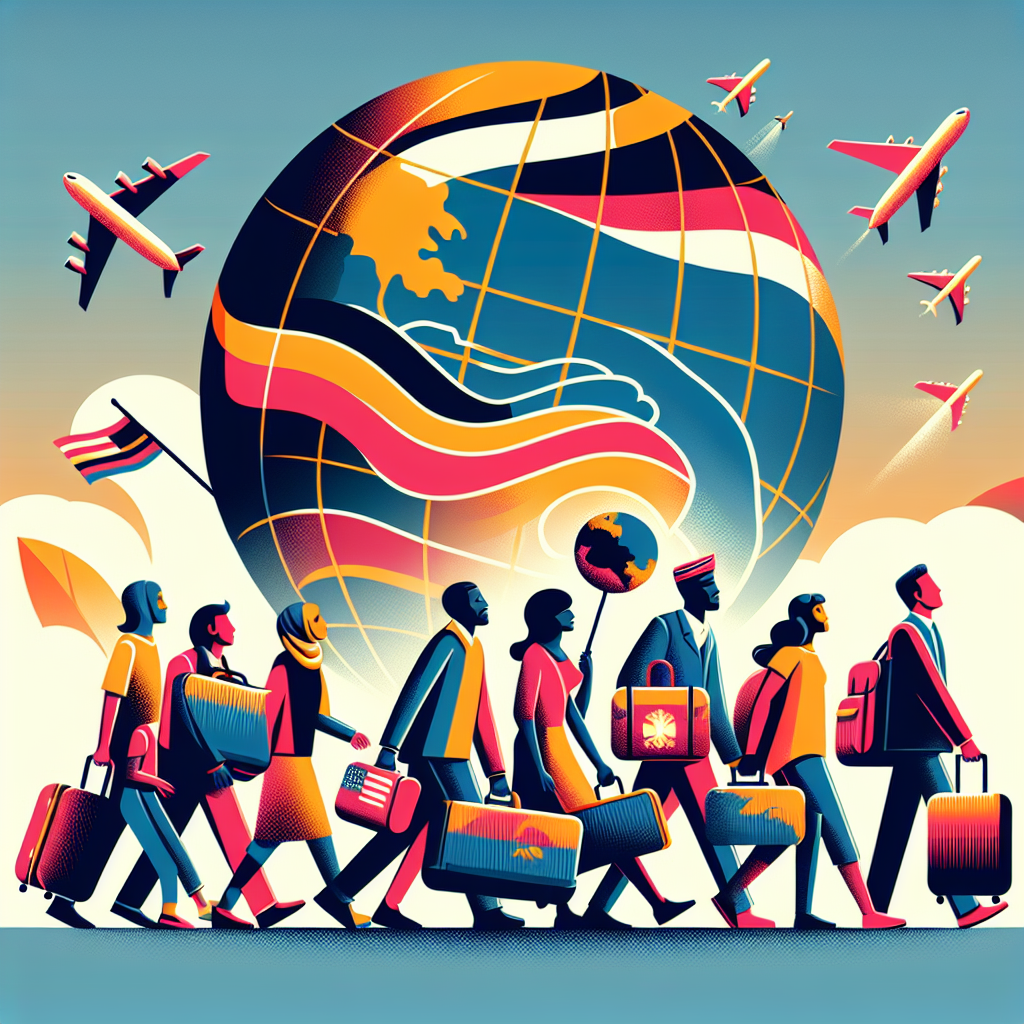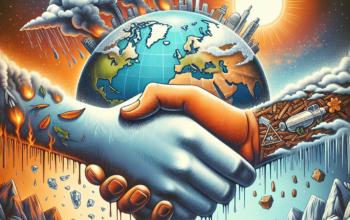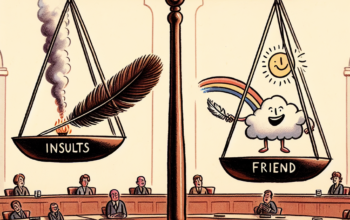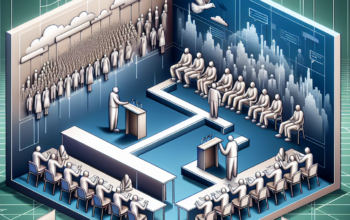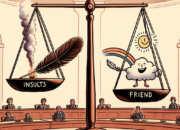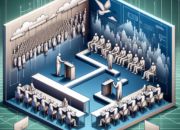Introduction
In the ever-evolving landscape of global politics, immigration policy has surged to the forefront of national discourse, becoming a central political issue. In 2025, nations around the world grapple with the complexities surrounding borders, asylum, and economic opportunities tied to migration. As the impacts of migration shape economies, cultures, and social dynamics, the fight for effective and humane immigration policy remains pivotal. This article explores the multifaceted journey of immigration policy as a critical issue in contemporary politics, shedding light on its historical roots, current debates, and future implications.
Historical Context of Immigration Policy Discussions
The debate over immigration policy has deep historical roots, tracing back centuries as countries have navigated the benefits and challenges of valuing human capital from abroad. In the United States, for example, significant immigration from Europe in the 19th and early 20th centuries contributed to economic growth and cultural diversification. Yet, this influx also ignited tensions over who could assimilate and thrive, leading to the imposition of restrictive immigration laws in the 1920s.
The post-World War II era marked a turning point for global immigration policies. The demand for labor in booming economies prompted nations to reassess their immigration strategies. International agreements, such as the 1951 Refugee Convention, highlighted the importance of protecting vulnerable populations, paving the way for more structured immigration systems. These historical developments set the stage for contemporary debates, illustrating how past policies influence modern perceptions and political stances regarding immigration.
The Role of Globalization in Shaping Immigration Views
Globalization has significantly impacted national immigration policies, making the conversation around immigration an increasingly relevant political issue. As nations become more interconnected economically, the movement of people across borders has intensified. This has led to diverse communities emerging within countries, enriching cultural landscapes but also raising concerns about resource allocation, national identity, and security.
In the wake of globalization, anti-immigrant sentiments have also surged. Political leaders often capitalize on the anxieties related to economic competition and security threats posed by large-scale immigration. The perception of immigrants as a burden rather than valuable contributors has fueled nationalistic movements, further complicating policy discussions. As the global economic landscape continues to shift, finding a balance between reaping the benefits of immigration and addressing public concerns remains a delicate task for lawmakers.
Current Political Landscape and Immigration Policy
As of 2025, the political landscape surrounding immigration policy is highly polarized. In countries like the United States, the divide between progressive and conservative perspectives on immigration has never been sharper. Progressives advocate for comprehensive immigration reform, including pathways to citizenship for undocumented immigrants and more humane asylum processes. They emphasize the economic contributions of immigrants and frame immigration as a moral imperative, arguing that societies should support those fleeing hardship.
Conversely, conservative factions often focus on border security and enforcement measures, arguing that tough immigration policies are essential for national security and job preservation. This polarized environment has led to legislative gridlock, preventing meaningful reform from being enacted. As both sides dig in, the implications for millions of immigrants hang in the balance, reflecting broader societal tensions regarding race, identity, and belonging.
The political environment is also increasingly influenced by social media, where misinformation about immigration frequently spreads. Rapid-fire information exchanges can galvanize political movements or incite fear, affecting public opinion and policy-making. In countries around the globe, the discourse around immigration is evolving, driven by reactions to digital narratives and grassroots mobilization that demand change.
International Relations and Immigration Policy
The interplay between immigration policy and international relations provides another essential lens through which to view this complex issue. Nations increasingly recognize that immigration is not just a domestic concern but a global challenge that requires collaborative approaches. Agreements like the Global Compact for Safe, Orderly and Regular Migration, signed by many countries, mark a crucial shift towards multilateral cooperation in managing migration flows and addressing the causes of displacement.
However, political leaders often face criticism for international agreements seen as compromising national sovereignty. The tension between global responsibility and national interest creates further complications in formulating effective immigration policies. Critics argue that countries should prioritize their citizens’ needs, while proponents of international cooperation stress the imperative of shared responsibility in addressing humanitarian crises.
Emerging border crises, such as the plight of refugees from conflict zones and climate-affected regions, have heightened the urgency for cohesive immigration policies that transcend political divides. As nations grapple with these challenges, the call for comprehensive immigration policy becomes increasingly critical in fostering sustainable international relations and promoting human rights.
Future Prospects for Immigration Policy in 2025 and Beyond
Looking to the future, immigration policy in 2025 and beyond faces numerous challenges and opportunities. With global populations projected to shift dramatically due to climate change, economic disparities, and political unrest, effective immigration policies will need to adapt to ever-evolving realities. Policymakers must innovate frameworks that consider the environmental factors driving migration, promoting sustainable practices and ethical responses to displacement.
Technological advances also present unique opportunities and challenges for immigration policy. Automation and artificial intelligence may reshape labor markets, potentially invigorating discussions about the need for skilled immigrant workers in specific industries. In contrast, fears of job displacement might spur resistance to accepting more immigrants, pushing the narrative of job protection to the forefront of political dialogue.
Ultimately, heartfelt discussions and advocacy surrounding immigration policy must focus on the human element. As narratives around migration evolve, fostering understanding and empathy will be key to shaping constructive immigration policies that respect human rights while addressing legitimate public concerns. A balanced approach that acknowledges the contributions of migrants is essential in forging a collective future that embraces diversity and shared benefits.
Conclusion
In summary, the journey of immigration policy as a central political issue has been complex and fraught with challenges. Historical contexts, globalization, current political landscapes, international relations, and future prospects all intertwine to shape discussions about immigration. The need for comprehensive and humane immigration policies is more pressing than ever as nations navigate these intricacies. A thoughtful and empathetic approach to immigration policy can pave the way for a more inclusive future, allowing societies to thrive and innovate amidst growing diversity.
FAQs Section
What is the historical background of immigration policy in the United States?
The historical background of immigration policy in the United States extends back to the 19th century when large waves of immigrants entered the country. Policies evolved from an open-door approach to a more restrictive stance, culminating in the 1920s with the Immigration Act that imposed quotas based on national origin.
How has globalization affected immigration policies worldwide?
Globalization has intensified migration movements and created diverse cultural landscapes. It has also fueled anti-immigrant sentiments, prompting many political leaders to advocate for stricter immigration controls to address concerns over economic competition and security threats.
What role does social media play in shaping perceptions about immigration?
Social media significantly influences public opinion surrounding immigration by rapidly disseminating information, both accurate and misleading. Narratives shared on these platforms can mobilize movements and shape political discourse, sometimes exacerbating fears and misunderstandings about immigrants.
How can countries effectively manage immigration in the face of global challenges?
Effective management of immigration requires cooperative frameworks, addressing the root causes of migration, and ensuring humane policies. Sustainable practices and new technological solutions also play a crucial role in adapting immigration policies to current and future needs.
What are the implications of climate change for future immigration patterns?
Climate change is expected to displace millions globally due to extreme weather events and uninhabitable conditions. Countries will need to develop adaptive immigration policies that recognize environmental factors as legitimate drivers of migration, ensuring that humanitarian concerns are at the forefront of discussions.
